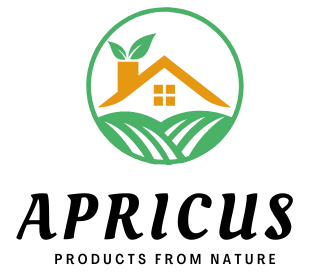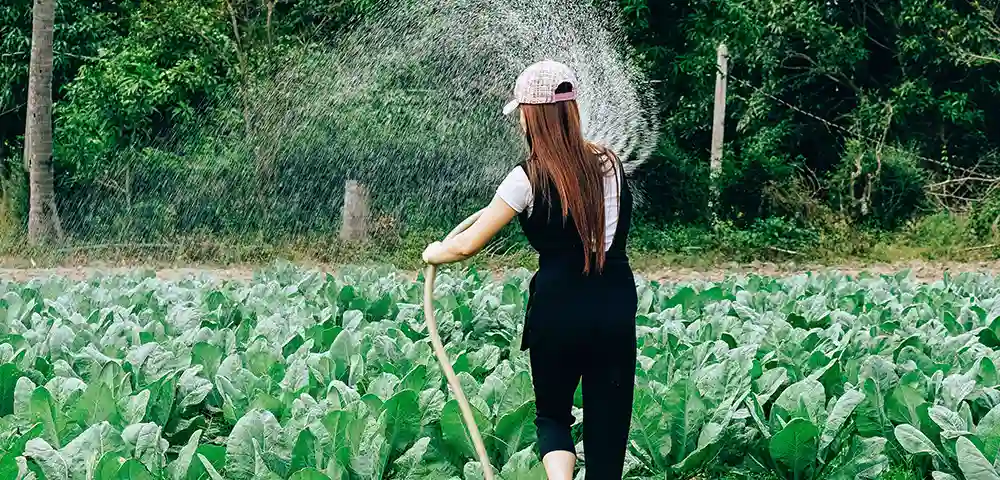Irrigation is a farming technique that involves providing water to crops in a controlled manner. It is especially useful in areas where natural rainfall is not sufficient to sustain crops or during times of drought.
Jamaican farmers can implement irrigation in their farms in the following steps:
Identify the crops that need irrigation: Not all crops need irrigation, so it is essential to determine which ones will benefit from it.
1. Assess the water resources
Farmers need to determine the available water sources for irrigation, such as wells, rivers, or lakes, and assess their quality and quantity.
2. Choose the appropriate irrigation method:
There are several irrigation methods, such as surface irrigation, drip irrigation, and sprinkler irrigation.
1. Surface irrigation
Surface irrigation is the most traditional method, which involves flooding the field with water. This method is relatively simple to set up and requires minimal equipment. It is also relatively inexpensive. However, it can be less efficient than other methods, as water is often lost through evaporation and runoff. Additionally, it can lead to soil erosion and waterlogging.
2. Drip irrigation
Drip irrigation is a highly efficient method that delivers water directly to the roots of the plants, drop by drop. It reduces water loss through evaporation and runoff and can also increase crop yields. This method requires more complex equipment and can be more expensive to install and maintain. Additionally, it can be labor-intensive to install and maintain the irrigation lines.
3. Sprinkler irrigation
Sprinkler irrigation involves using a system of pipes and nozzles to spray water over the field. It can cover a wide area and is suitable for large fields. It can also reduce water loss through evaporation. However, it can be less efficient than other methods as it can lead to waterlogging and can also cause soil erosion. Additionally, it can be more expensive to install and maintain than surface irrigation.
In conclusion, the choice of irrigation method depends on the farm, and farmers should weigh the pros and cons of each method before deciding which one to use. For example, if the farm has a large area, sprinkler irrigation would be more suitable, if the farm is small and labor-intensive, then drip irrigation would be a better choice.
- Install the irrigation system: Once the irrigation method is chosen, farmers need to install the necessary equipment, such as pipes, pumps, and valves.
- Monitor and maintain the irrigation system: Irrigation systems need regular maintenance to ensure they are functioning correctly and to detect and repair any leaks or damage.
Practical applications of irrigation in Jamaica include using drip irrigation in greenhouse vegetable production and using sprinkler irrigation in sugarcane and banana farms. Drip irrigation is a highly efficient method as it delivers water directly to the roots of the plants, reducing water loss through evaporation. Sprinkler irrigation, on the other hand, is suitable for large fields and can cover a wide area.
Conclusion
Irrigation is a vital farming technique that can help Jamaican farmers to grow crops in areas with insufficient rainfall. It requires careful planning and management, but with the right approach, it can increase crop yields and improve farmers’ livelihoods.




